

Johns Hopkins University (JHU) continues to pad its space community résumé with their interactive map, “The map of the observable Universe”, that takes viewers on a 13.7-billion-year-old tour of the cosmos from the present to the moments after the Big Bang. While JHU is responsible for creating the site, additional contributions were made by NASA, the European Space Agency, the National Science Foundation, and the Sloan Foundation.
Welcome to the new channel! Subscribe if you want to see more stuff just like this This is just the first in many on Von Braun's rocket designs and other space craft, so buckle down and prepare to stay a while :) In 1955, Disney aired a special called Man In Space - In it Von Braun showed off what was to be, the then, future of space travel, with the ferry rocket being front and center. but did you know that this rocket was actually DUMBED DOWN by disney? Thats right, as imaginative as the house of the mouse might be in the world of fantasy - they actually hid Von Brauns original rocket vision A rocket of insane propotions, that was so tall and collosal that it looks like its right out of the war of the worlds - from the martian side i know that the Martians didn't actually use rockets depending on which version you read but its a good imagery A fleet of ten would be built to construct a orbitial platform for a 50 man moon base, with escape pods on the side and the ability to be reused within a week of landing. Today on Escape Velocity, we will examine the original von braun spacecraft, with no other name, than the very first - Rocket Ship Wernher Von Braun was a very controversial figure, but one who undoubtedly saw humanities future among the stars - and was willing to help develop technology to get there - even if the initial rockets would be aimed at Moscow rather than the moon. Formally a nazi in name and creator of the V2, his work on rockets during the war secured him a role as the defacto leader ofg the US amrys missile program. With his new found source of funds and celebrity status, he pushed for more civil applications of his rockets, and to turn what was mostly science fiction into near future reality. In a 1952 article in Colliers Magazine, he outlined an ambitious timetable for mans future in space. It featured milestones such as the construction of a rotating space station by 1967, large space going freighters to head to the moon by 1977, and a moon base with 50 personnel by the same year, with the trip to mars to follow. Truely ambitious and will be the focus of future videos on this channel - so hit that subscribe button if you want to hang around for that. All of these plans relied on a reusable launch vehicle, a space craft that could do multiple trips consistently and reliably, and be far larger than anything the Americans had seen before. And remember, this is 1952 and 1953 - almost a decade before the saturn V would be built. And this would be far bigger in almost every way. And boy did it look good. It was called simply - the rocket ship. It did have some simulartiy to previouis designs by Von Braun, such as the A-11 and A-12, and had appeared in some publications before hand, but this version was the pinnicle of his design career.

Wanderers - a short film by Erik Wernquist from Erik Wernquist on Vimeo.
For more information and stills gallery, please turn to: www.erikwernquist.com/wanderers
(Just in case my website runs slow, here is a link to an imgur album version of the gallery: https://imgur.com/a/Ur5dP)
Wanderers is a vision of humanity's expansion into the Solar System, based on scientific ideas and concepts of what our future in space might look like, if it ever happens. The locations depicted in the film are digital recreations of actual places in the Solar System, built from real photos and map data where available.
Without any apparent story, other than what you may fill in by yourself, the idea of the film is primarily to show a glimpse of the fantastic and beautiful nature that surrounds us on our neighboring worlds - and above all, how it might appear to us if we were there.
CREDITS:
VISUALS - Erik Wernquist - erik@erikwernquist.com
MUSIC - Cristian Sandquist - cristiansandquist@mac.com
WORDS AND VOICE - Carl Sagan
COLOR GRADE - Caj Müller/Beckholmen Film - caj@beckholmenfilm.se
LIVE ACTION PHOTOGRAPHY - Mikael Hall/Vidiotism - mikael@vidiotism.com
LIVE ACTION PERFORMANCE - Anna Nerman, Camilla Hammarström, Hanna Mellin
VOCALIST - Nina Fylkegård
THANK YOU - Johan Persson, Calle Herdenberg, Micke Lindgren, Satrio J. Studt, Tomas Axelsson, Christian Lundqvist, Micke Lindell, Sigfrid Söderberg, Fredrik Strage, Johan Antoni, Henrik Johansson, Michael Uvnäs, Hanna Mellin
THIS FILM WAS MADE WITH USE OF PHOTOS AND TEXTURES FROM:
NASA/JPL, NASA/Goddard Space Flight Center Scientific Visualization Studio, ESA, John Van Vliet, Björn Jonsson (and many others, of which I unfortunately do not know the names)
For more information and stills gallery, please turn to:
(Just in case my website runs slow, here is a link to an imgur album version of the gallery:
Wanderers is a vision of humanity's expansion into the Solar System, based on scientific ideas and concepts of what
our future in space might look like, if it ever happens. The locations depicted in the film are digital recreations
of actual places in the Solar System, built from real photos and map data where available.
EXOSCI.COM
Here is the site dedicated to Carl Sagan, One Cosmos.net
"11,2 km/s" is the official theme music for ESA's Estrack ground station network. It was composed by Gautier Acher,
a 17-year-old student living in Paris, France, and entered in the 2015 Tracking Station Music Contest, which celebrated
the 40th anniversary of the Estrack network. Gautier's top-ranked entry was selected from a field 117 submissions received from over a dozen countries. Gautier wrote: "This track is a triptych that shows space is vast, but is full of interesting things, such as humankind,
stars, comets, planets... It describes great achievements, in the past, and in the future." While only three entrants could win prizes in the music contest, and only 10 could be at the top, the ESA judging panel praised all 117 submissions. Judges commented that, "We heard some marvellous stuff created by people who are passionate, motivated and imaginative in their pursuit of music
that reflects the central themes of exploration into our Universe, technological excellence and the dreams of humanity’s journeys into space." In 1975, the ground station at Villafranca in Spain became the kernel of the ESA Tracking network, which now comprises 10 stations in seven countries
and in 2015 celebrates four decades of providing links to space for ESA's science, Earth, observatory and exploration missions. Since inception, Estrack has expanded worldwide and today employs cutting-edge technology to link mission controllers with spacecraft orbiting Earth,
voyaging deep in our Solar System and anywhere in between (more information in our Estrack web site). Congratulations the top 10 entrants as well as the top three prize winners. Special congratulations to Gautier Acher Released: 24/09/2015 Length: 00:03:11
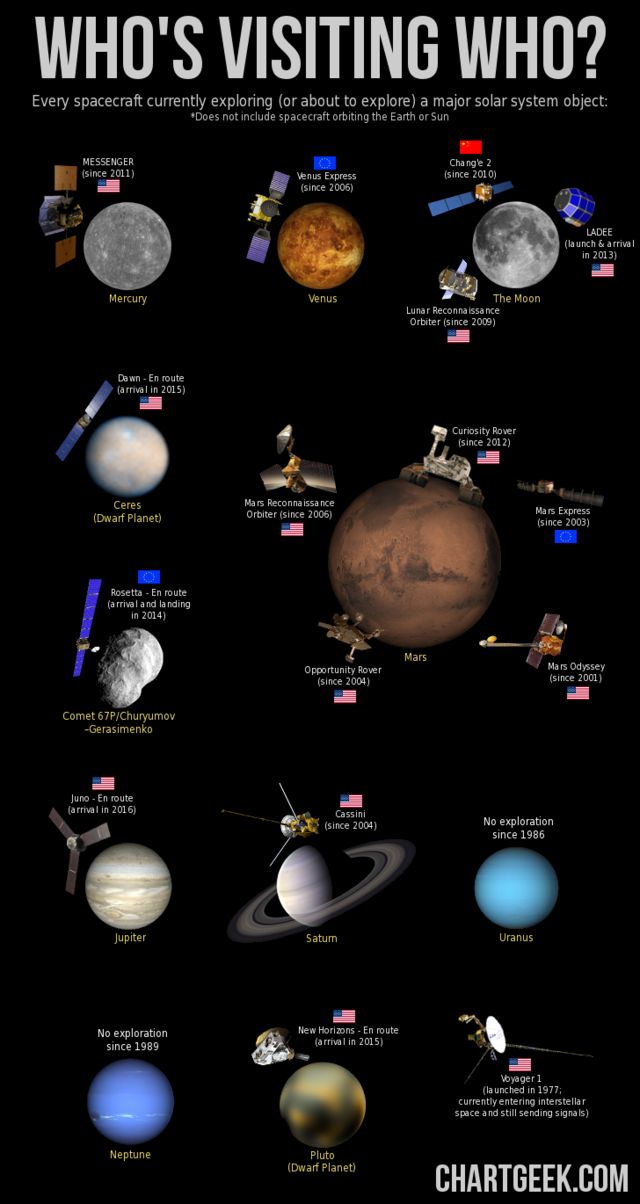
Click here for Centari Dreams Speculations on interstellar Explorations
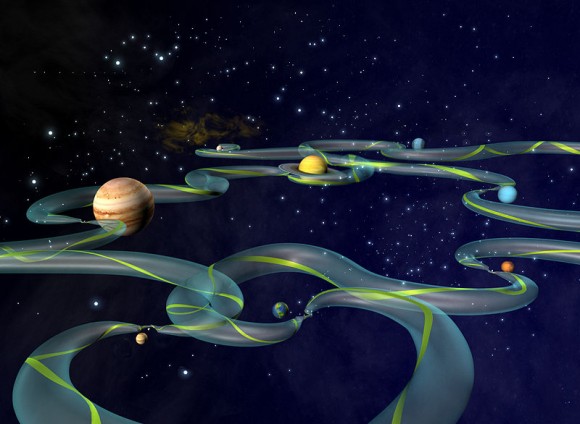
at The Bucks County PA, National Aerospace Training center
AND NASTAR's parent Virgin Galactic
A new space company is Firefly Space.com!!
A better known company is Elon Musk's Spacex!!
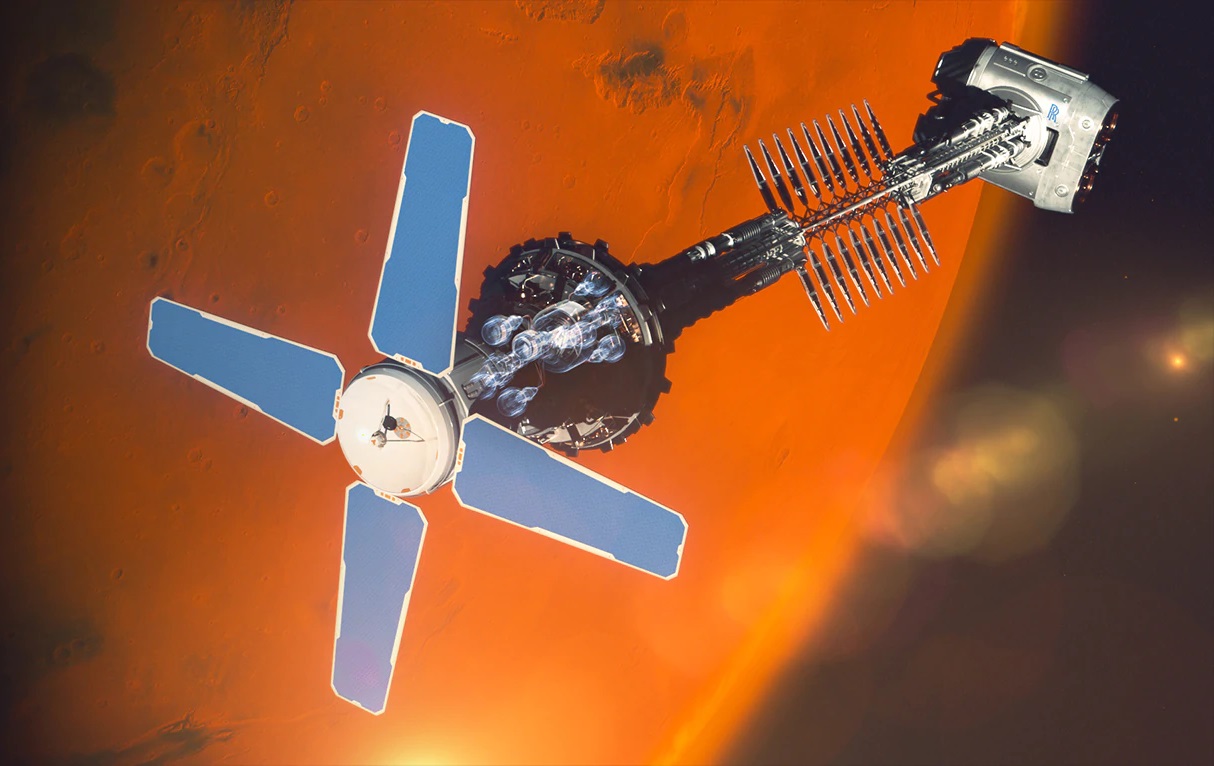
If human beings intend to become an interplanetary species (or interstellar, for that matter), then we are going to need new propulsion methods that combine a significant level of thrust with fuel-efficiency. One option that NASA has been exploring for decades is spacecraft that rely on nuclear power, which can take the form of nuclear-electric or nuclear-thermal propulsion (NEP/NTP).
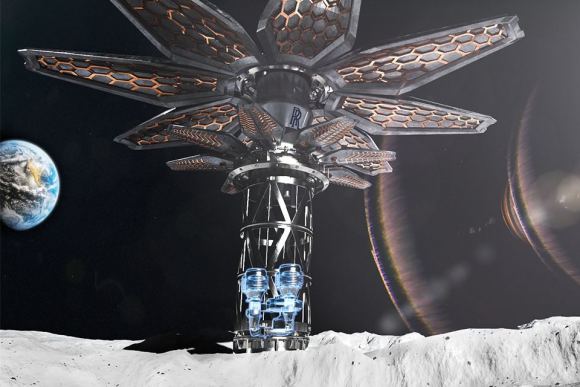
Artist’s impression of Rolls-Royce nuclear propulsion concept. Credit: Rolls-Royce
The Solar System is a really big place, and it takes forever to travel from world to world with traditional chemical rockets. But one technique, developed back in the 1960s might provide a way to dramatically shorten our travel times: nuclear rockets. Of course, launching a rocket powered by radioactive material has its own risks as well. Should we attempt it? Audio Podcast version: RSS: ITunes: What Fraser's Watching Playlist: Support us at:Support us at: Follow us on Tumblr: : More stories at Follow us on Twitter: @universetoday Like us on Facebook: Instagram - Team: Fraser Cain - @fcain / frasercain@gmail.com /Karla Thompson - @karlaii Chad Weber - Chloe Cain - Instagram: @chloegwen2001 References: Nuclear Thermal Propulsion: Game Changing Technology for Deep Space Exploration Fusion-Enabled Pluto Orbiter and Lander
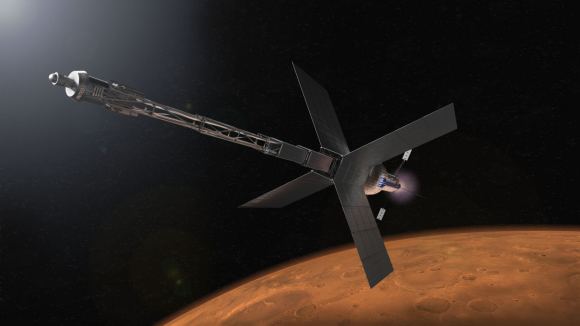
An artist’s conception shows a Mars transit habitat with a nuclear propulsion system. Credit: NASA
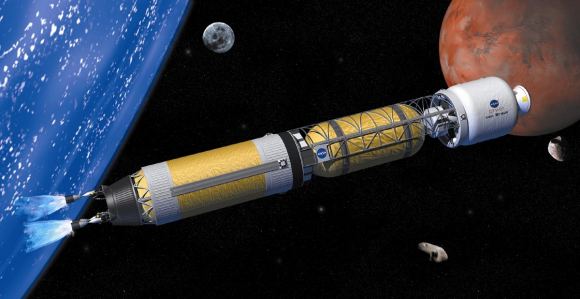
Artist’s concept of a bimodal nuclear rocket making the journey to the Moon, Mars, and other destinations in the Solar System. Credit: NASA

When it comes to the next generation of space exploration, a number of key technologies are being investigated. In addition to spacecraft and launchers that will be able to send astronauts farther into the Solar System, NASA and other space agencies are also looking into new means of propulsion. Compared to conventional rockets, the goal is to create systems that offer reliable thrust while ensuring fuel-efficiency.
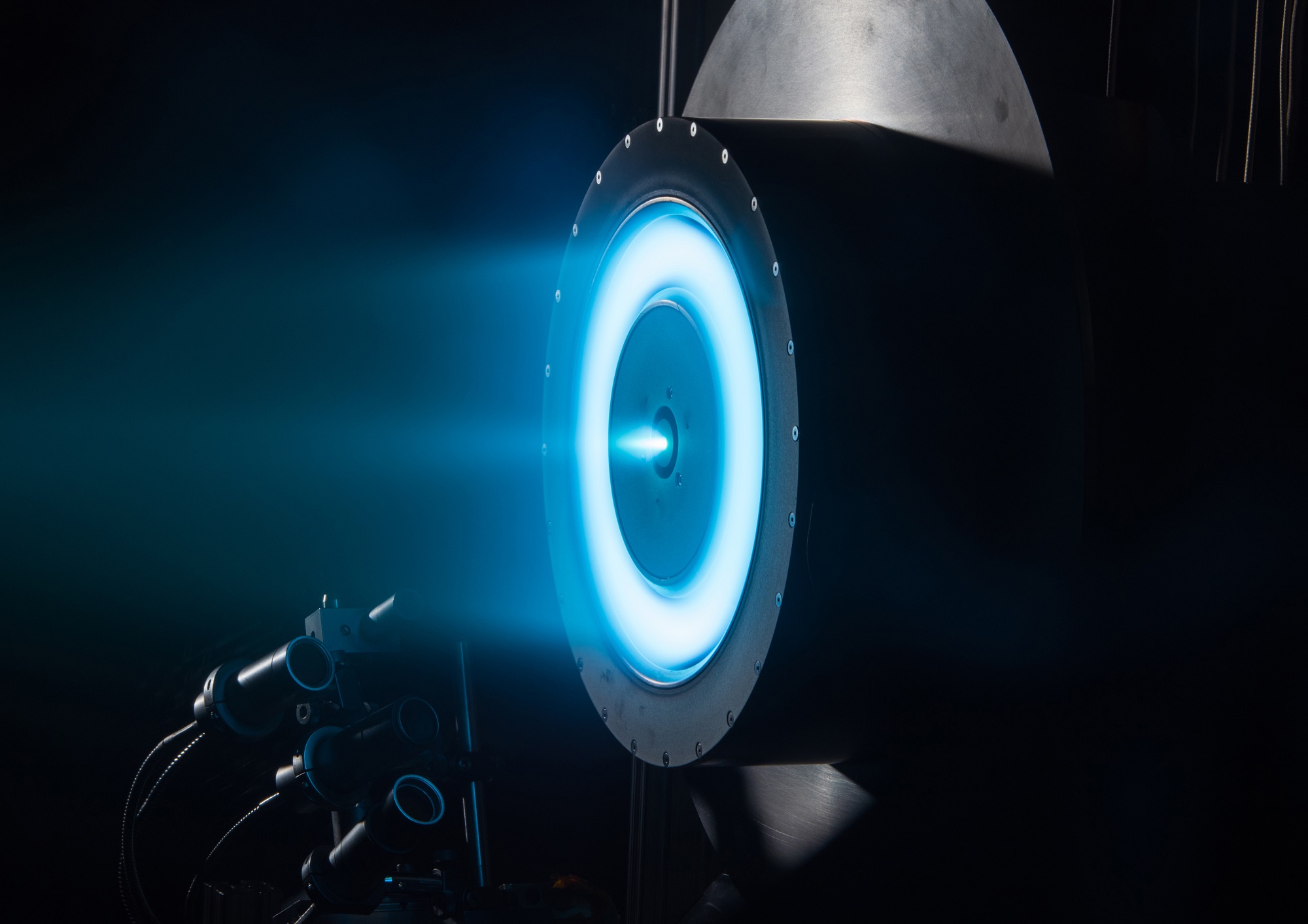
Aerojet Rockeydyne, in partnership with NASA, recently conducted a successful test of their next-generation Solar Electric Propulsion (SEP) system. Credit: NASA

Artist’s impression of the Deep Space Gateway, currently under development by Lockheed Martin. Credit: NASA

Artist concept of NASA’s Space Launch System (SLS) on the left, and the Orion Multi-Purpose Crew Vehicle (right). Credit: NASA
Nuclear technology can give us the solar system! In this lesson we learn all about producing safe nuclear fuel for space operations, called TRISO, looking at several reactor designs that can use this amazing technology. We also bring you up to date on the latest Stoke Aerospace and Firefly Aerospace success. Extra Credit: BWXT USNC Rolls-Royce Small Modular Reactors Shop the Academy store at... Welcome to the Terran Space Academy Store Please help support our channel at... Terran Space Academy patreon support site Thank you so much for watching! Ad Astra Pro Terra Twittr accounts Artists Bassd Neopork85 Hazegrayart AlexSVanArt Fragomatik nickhenning3d Rovaerialphotos Companies NASA SPACEX Cochranex Blue Origin Space Ryde Virgin Galactic Relativity Space NeutronStarsys Credits NASA SpaceX Rolls Royce HazeGrayArt Stoke Aerospace Firefly Aerospace Lockheed Martin Millennium Space Systems

We live in a world where multiple technological revolutions are taking place at the same time. While the leaps that are taking place in the fields of computing, robotics, and biotechnology are gaining a great deal of attention, less attention is being given to a field that is just as promising. This would be the field of manufacturing, where technologies like 3D printing and autonomous robots are proving to be a huge game-changer.
Multi-Agent Discrete Assembly from MIT Center for Bits and Atoms on Vimeo.
Simulation workflow for the multi-agent path planning and inverse kinematics of relative robots.
For a detailed description of the algorithms: https://ieeexplore.ieee.org/document/8769886
Relative robotic assembly from MIT Center for Bits and Atoms on Vimeo.
Bill-E (Bipedal Isotropic Lattice Locomoting Explorer) performing relative robotic assembly in 1D, 2D, and 3D

A prototype assembler robot using its inchworm-like design to move around a structure. Credit: MIT/CBA/Benjamin Jenett
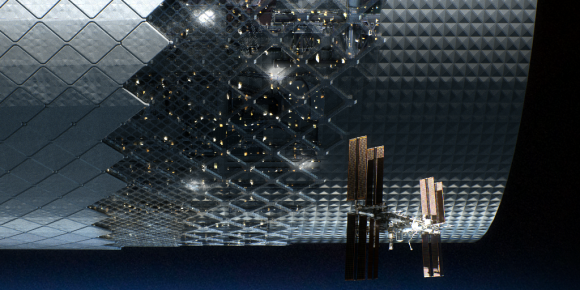
Artist’s concept of a space habitat built using the ARMADAS system, with the ISS in the foreground. Credit: NASA
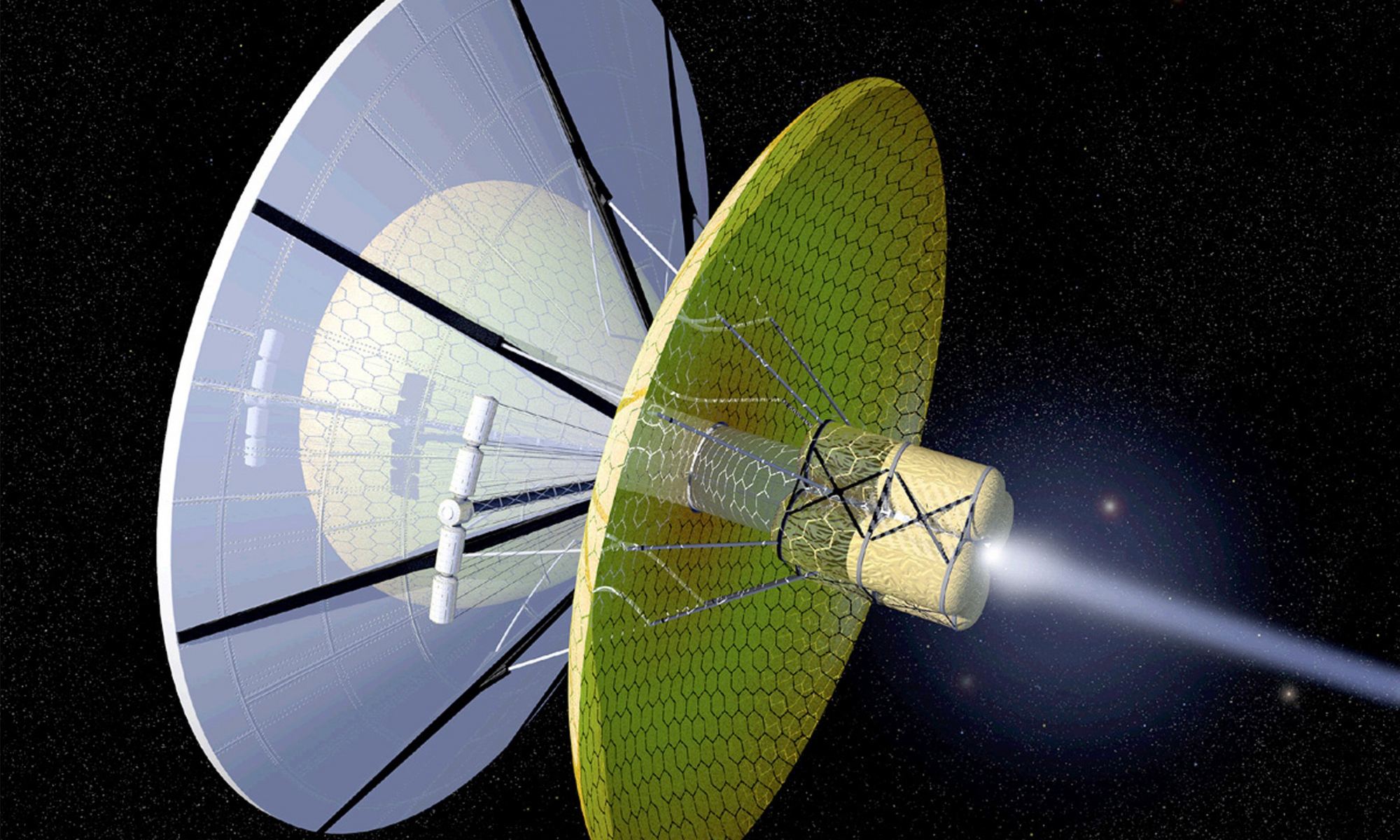
In the 1960s, American physicist Robert W. Bussard proposed a radical idea for interstellar travel: a spacecraft that relied on powerful magnetic fields to harvest hydrogen directly from the interstellar medium. The high speed of this “ramjet” forces the hydrogen into a progressively constricted magnetic field until fusion occurs. The magnetic field then directs the resulting energy towards the rear of the spacecraft to generate propulsion.
If you accelerate at 1G, you can create artificial gravity inside your spaceship. And there’s the added advantage that you can cross billions of light years within a human lifetime. How far can we travel? Universetoday's youtube channel Sign up to my weekly email newsletter: Weekly Space Hangout: Astronomy Cast: Support us at:Support us at: Follow us on Tumblr: More stories at Team: Fraser Cain - @fcain / frasercain@gmail.com /Karla Thompson - @karlaii Chad Weber - Chloe Cain - Instagram: @chloegwen2001 Music: Left Spine Down - “X-Ray”
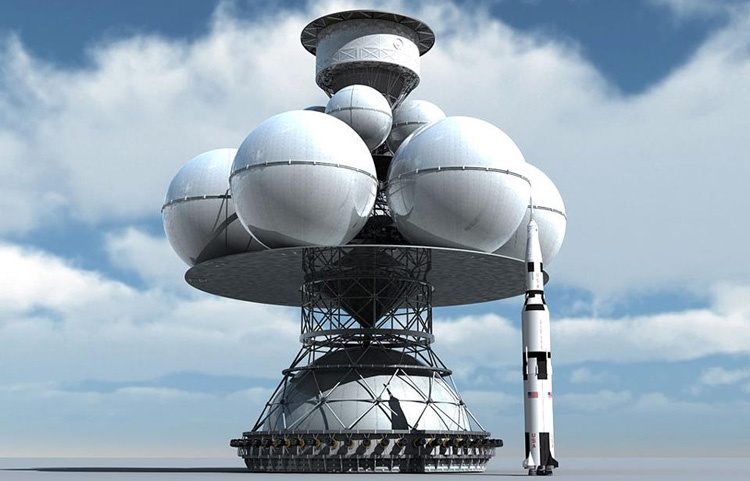
Comparison of the Daedalus spacecraft and Saturn V Moon rocket. Credit/copyright: Adrian Mann.
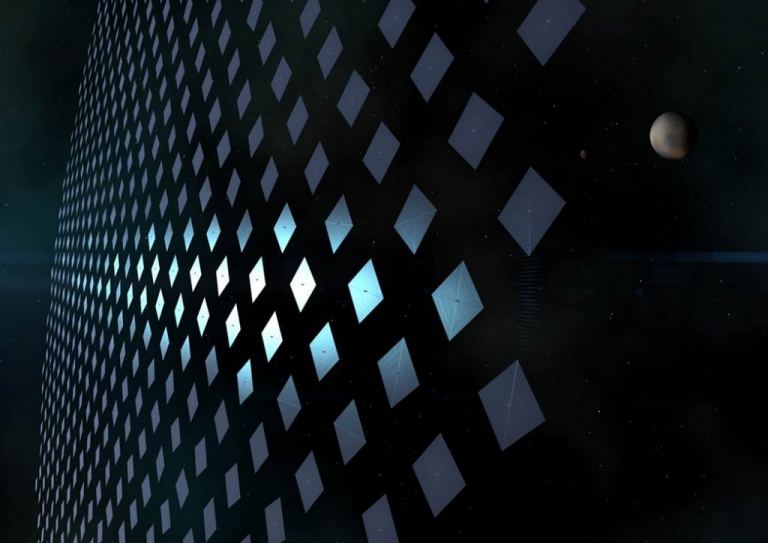
A swarm of laser-sail spacecraft leaving the solar system. Credit: Adrian Mann
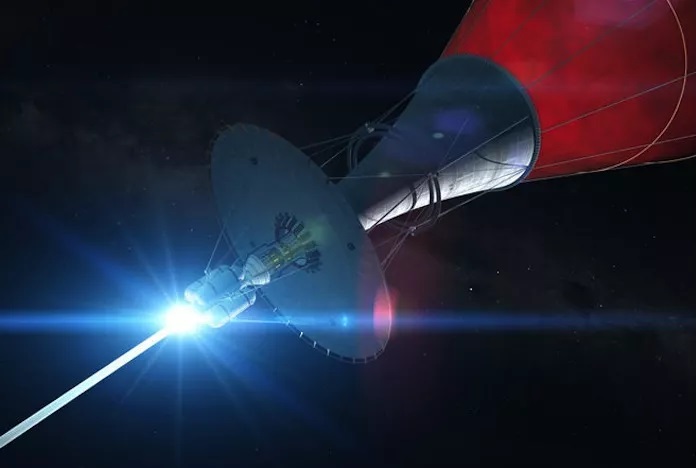
Artist’s impression of the Bussard Ramjet. Credit: Adrian Mann